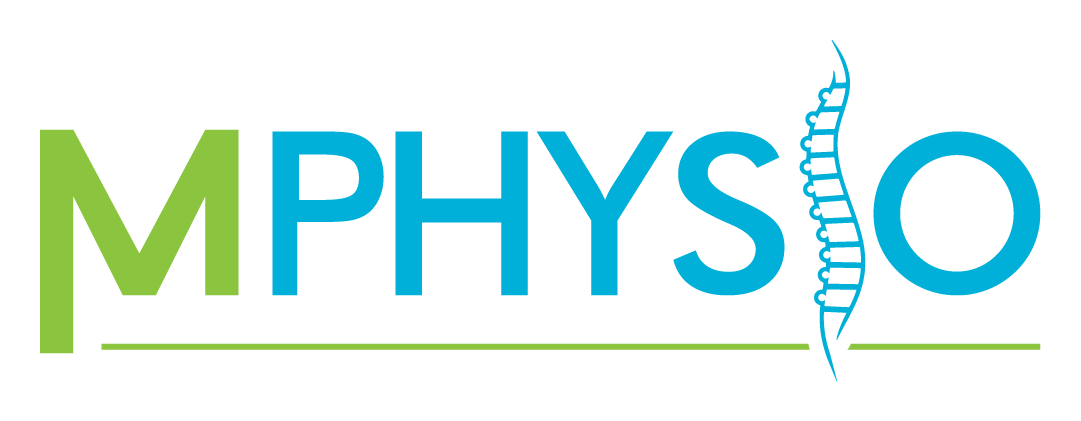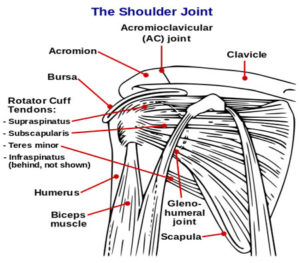Blog
What is the Rotator Cuff?
The Rotator Cuff is a group of four muscles – infraspinatus, supraspinatus, teres minor and subscapularis – that contribute to shoulder stability and are important in movements of internal and external shoulder rotation.
What is the Rotator Cuff?
This small group of four muscles forms a cuff around the head of the humerus (ball of the ball and socket joint), making them critical for shoulder stability and control of arm movements. Due to their location, they are involved in all movements of the arm, making them prone to injury in various career paths and sports.
Teres minor and infraspinatus are two of the rotator cuff muscles which are responsible for the movement of external rotation. A position of external rotation is commonly required for overhead activities.
Supraspinatus assists the deltoid muscles with shoulder abduction, as well as having a large stabilising role at the shoulder. It is a key muscle in keeping the head of humerus in contact with the medial surface of the socket.
Subscapularis is the largest of the four muscles, and is one of the most-used muscles of the shoulder joint. It has a main role in internal rotation, but also assists with extension and abduction movements in different planes of movement. It also has an important role in preventing shoulder subluxation or dislocation.
Rotator Cuff Force Couples
There is a modified force couple in which the deltoid and the rotator cuff works to produce two forces to allow for successful rotation whilst maintaining a safe position of the humeral head. The detloid produces a superior shear force, which is then counteracted by the compressive forces of the subscapularis, infraspinatus and teres minor. These compressive forces pull the head into the glenoid, overall limiting the amount of superior and inferior head of humerus translation.
Understanding biomechanics of the shoulder is challenging, due to the complexity of the joint. However, it is critical to understand the biomechanics to appreciate the importance of involving multiple muscles with simple movements. Ineffective or poor biomechanics often contributes to injury.
Common injuries to the Rotator cuff
- Impingement – Refers to trapping or compression of the rotator cuff tendons in the subacromial space when elevating the arm, resulting in irritation and pain of the tendons. There is a variety of contributing factors to shoulder impingement including structural abnormality and poor biomechanics.
- Tendinopathies – Tendinopathy of the rotator cuff occurs when one or more tendons are irritated by repetitive movement causing microtrauma to the tendon.
- Bursitis – Inflammation of the shoulder bursa, specifically the subacromial bursa due to overuse or a single acute event such as a fall.
- Tears – Muscle tears of the rotator cuff may occur acutely when lifting something heavy or catching yourself after a fall, or they may occur due to repetitive microtrauma. The severity of the tear will depend on how the injury occurs and the person’s age.
Exercise Video Example:
Watch the video below to see Ariel explain some simple internal and external rotation strengthening exercises that you can do at home!
Contact us on 1800 992 999 or [email protected] to book an appointment today! Let us help you get on top of your shoulder pain!
For more information on the rotator cuff:
https://www.physio-pedia.com/Rotator_Cuff;
https://www.shoulderdoc.co.uk/article/384
References:
Ferguson, J. & Miller, J. 2019. Rotator Cuff Syndrome. Retrieved from https://physioworks.com.au/injuries-conditions-1/rotator-cuff-injuries

